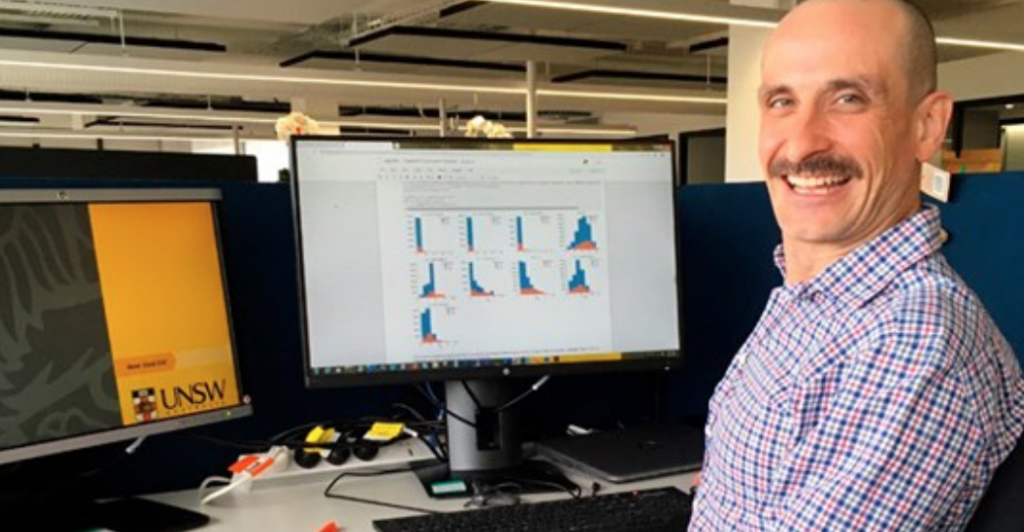El pasado 14 de enero de 2020 nuestro socio Óscar Pérez Concha participó en el programa «Punto de Enlace» de Radio Nacional de España (RNE). En la entrevista habló sobre su trabajo en Australia, donde hace proyectos de «big data» aplicados a la salud, y también resumió la labor de SRAP-IEAP.
Puedes escuchar la entrevista en esta página de RNE o pinchando en:
Acerca de Angel.Lopez-Sanchez A/Prof Ángel R. López-Sánchez is an astrophysicist and science communicator working at the School of Mathematical and Physical Sciences, Macquarie University (MQ). He is a recognised expert in the study of how the gas is converted into stars in galaxies and how this affects galaxy evolution.
He graduated in Theoretical Physics at the University of Granada (2000) and completed his PhD Thesis in Astrophysics at the prestigious “Instituto de Astrofísica de Canarias” (IAC, Spain) and the University of La Laguna (Spain) in 2006. He moved to Australia in 2007, joining CSIRO “Astronomy and Space Science” to perform radio-interferometric observations of gas-rich galaxies at the Australian Telescope Compact Array. In 2011 he joined the Australian Astronomical Observatory and Macquarie University combining instrumentation support, research, lecturing, and outreach. He was appointed as a full-time research academic at the School of Mathematical and Physical Sciences at Macquarie University in May 2023.
He is the president of the association of Spanish Researchers in Australia-Pacific (SRAP), the vice-president of the Astronomical Association of Córdoba (AAC, Spain), representative in the Andalusian Astronomy Network (RAdA), and member of the International Astronomical Union (IAU), the Spanish Astronomy Society (SEA), and the Australian Astronomy Society (ASA).
He is a globally-recognised science communicator, with visibility in Spanish and Australian printed, broadcast, and social media. He is also a passionate amateur astronomer that uses his own equipment for capturing the beauty of the Cosmos. His stunning astronomy time-lapse videos and photos have received +1/2 million views in YouTube and have been seen in TV channels in USA, Australia and Spain, science museums worldwide, and textbooks.


